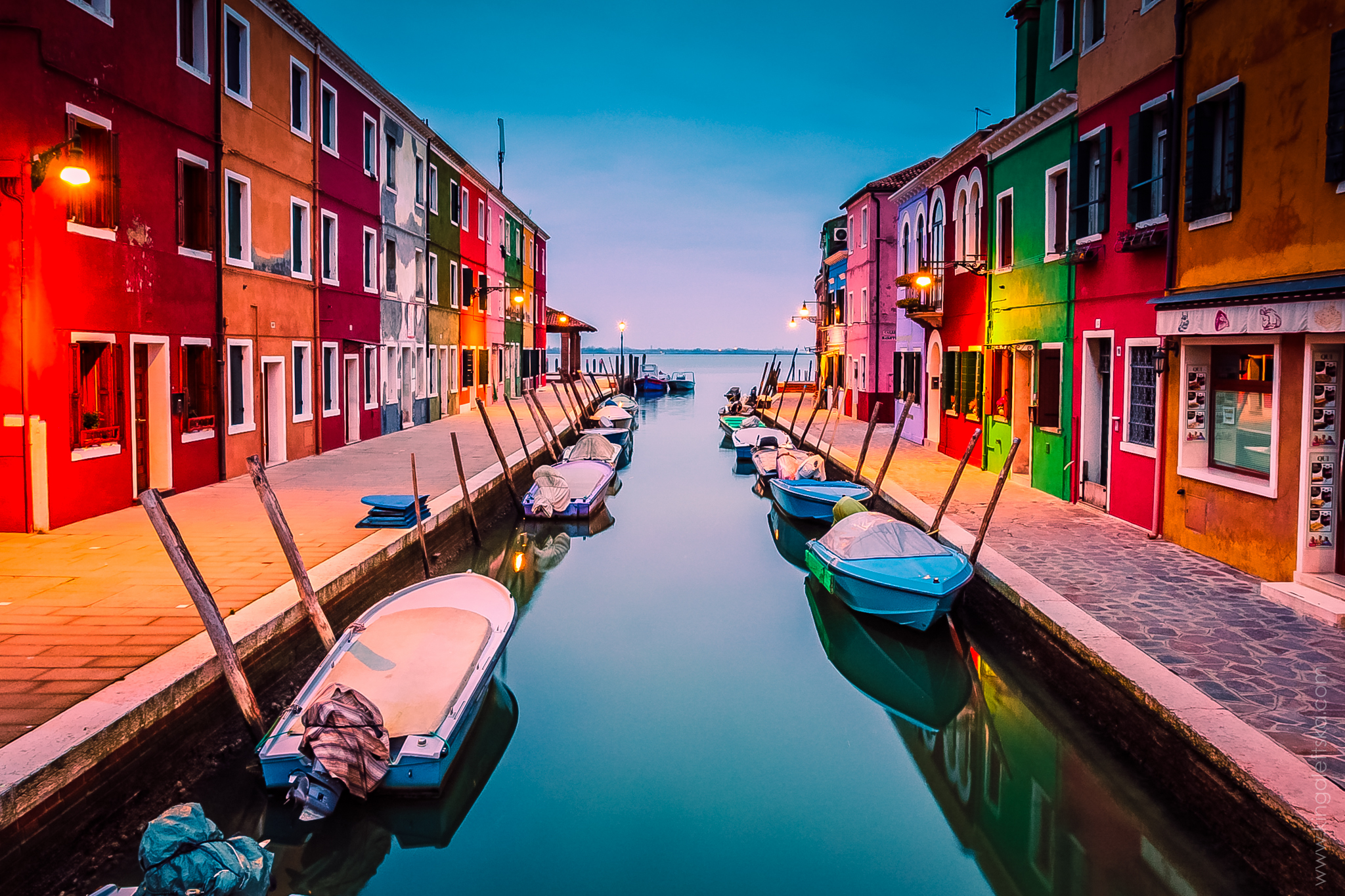
Burano is an island in the Venetian Lagoon, northern Italy; like Venice itself and it could more correctly be called an archipelago of four islands linked by bridges. It is situated near Torcello at the northern end of the Lagoon, and is known for its lacework and brightly colored homes. Being there feels like being in a kaleidoscope. A must see place while visiting Venice.
More information about the island in the link.
[Best_Wordpress_Gallery id=”75″ gal_title=”Burano”]
A Short History of Burano.
The inhabitants of Altino, escaping from barbarian invasion, find refuge in the islands of lagoon, giving them the names of the six doors of their thrown over city: Murano, Mazzorbo, Burano, Torcello, Ammiana e Costanziaco.
The name “Burano” arise from “Porta Boreana”, the northern door of the city.
In these islands the first houses were build on palafittes, with walls made of woven canes and afterwards plastered with mud. They were very light buildings constituted by an unique room, because the ground was too tender. Beds were made of dry leaves.
Later these raw houses were changed with buildings made of bricks and the older ones were used like warehouses.
Some scholar believe that Burano was not risen where it is situated today. In some ancient text is written that the island was situated nearest the sea and that its inhabitants must escape from it because of the strong tidal wave.
Instead in other texts is written which the position of Burano was never changed and which it has saved the island from malaria.
Since the time of Venetian Republic, Burano had only 8000 poor inhabitants (now 3000) predominantly fishermans and farmers. Thanks to the craft of lace workers, the island grew economically, exporting its fantastic laces all over the world.
Today Burano is lotted into five joined by bridge quarters: “San Martino Destro”, “San Martino Sinistro”, “San Mauro”, “Giucecca” and “Terranova”, traversed by their mill runs “Rio Ponticello”, “Rio Zuecca” and “Rio Terranova”.
The last big change was the principal mill run’s closing off to build the square, which takes its name from the famous musician Baldassarre Galuppi.
( source- Web)